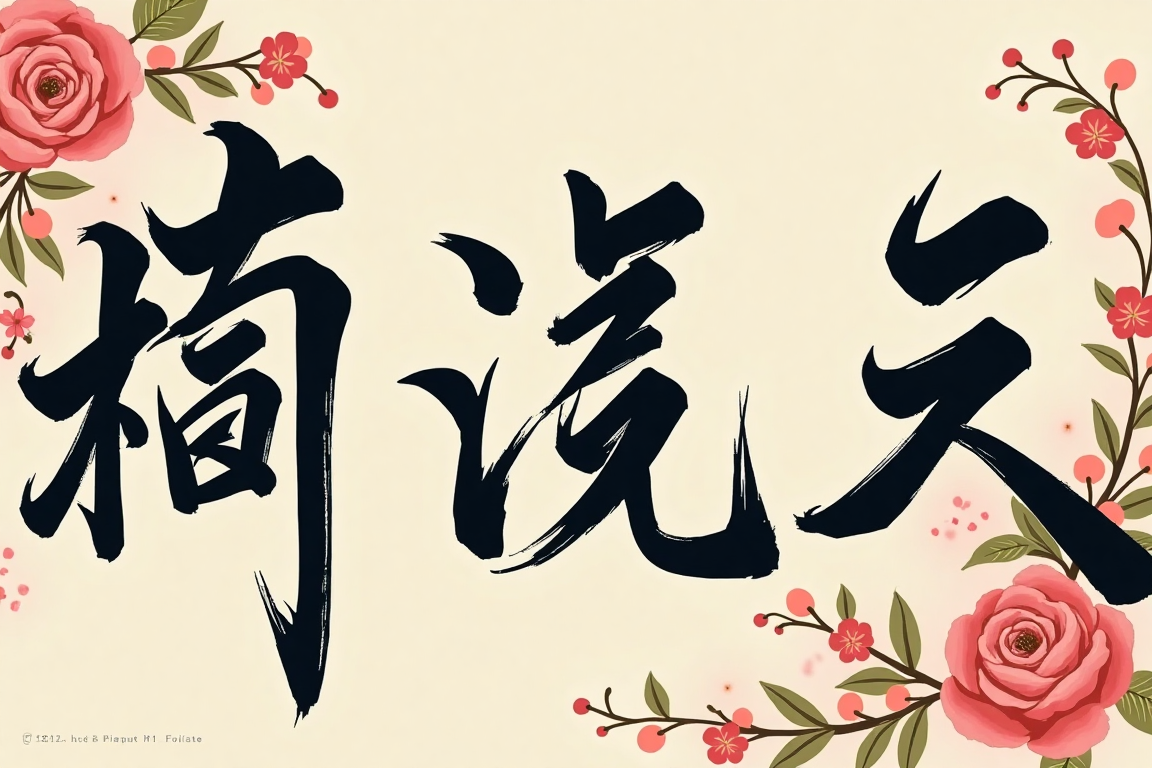The Art of Calligraphy in Japanese: A Beautifully Messy Journey
Ever tried to write in Japanese and ended up with something that looked like a toddler’s first attempt at drawing a spider? Yeah, me too.
Japanese calligraphy, or shodō (書道), is one of those arts that looks effortlessly elegant—until you pick up a brush and realize you have no idea what you’re doing. But don’t worry! We’re about to embark on a journey through the history, techniques, and joys of Japanese calligraphy, with plenty of laughs (and probably ink spills) along the way.
A Brief History: From Imperial Courts to Your Messy Desk
Calligraphy in Japan dates back over a thousand years. It was brought over from China in the 5th and 6th centuries and quickly became a sign of education, refinement, and serious flexing (because let’s be honest, writing beautifully is an instant power move).
During the Heian period (794-1185), calligraphy evolved into something uniquely Japanese. Monks, poets, and even samurai practiced it—because nothing says “I’m a fearsome warrior” like pausing mid-battle to jot down a perfectly balanced haiku.
Fast forward to today, and while we might not be monks or samurai, calligraphy remains a powerful form of self-expression. It’s like handwriting… but make it fancy and philosophical.
The Basics: What You Need to Get Started (No Excuses!)
So, you want to try Japanese calligraphy? Great! You don’t need a lot, but here’s what will help you avoid looking like you just spilled ink on a napkin and called it art:
- A brush (fude, 筆) – Not your average paintbrush. This baby holds ink like a pro and makes your strokes look extra aesthetic.
- Ink (sumi, 墨) – Traditionalists grind their own ink from an ink stick. But if you’re like me and impatient, bottled ink works just fine.
- Paper (washi, 和紙) – Not all paper is created equal! Traditional washi paper absorbs ink beautifully, giving that soft, organic look.
- Ink stone (suzuri, 硯) – If you’re feeling fancy and want to grind your own ink, this is your best friend.
- Patience – This isn’t an Amazon Prime delivery. Mastering calligraphy takes time, and let’s be real—you will mess up a lot.
Now that we’ve got the essentials, let’s get to the fun (and slightly frustrating) part: learning how to write!
Stroke Order: Why You Can’t Just Wing It
Imagine trying to assemble IKEA furniture without instructions. That’s what happens when you ignore stroke order in calligraphy. Every kanji character has a specific way it should be written, and skipping steps can turn your elegant script into a cryptic scribble.
Here’s a simple rule to keep you sane: top to bottom, left to right.
Want to practice? Start with 永 (ei), which means “eternal” and is used as a practice kanji because it contains all the essential strokes you need to master. It’s basically the calligraphy equivalent of doing push-ups.
Styles of Japanese Calligraphy: Finding Your Aesthetic
Think all Japanese calligraphy looks the same? Think again. There are different styles, each with its own vibe:
- Kaisho (楷書) – The most standard and readable style. Think of this as the Times New Roman of calligraphy.
- Gyōsho (行書) – A semi-cursive style, like your handwriting when you’re in a rush but still want it to look nice.
- Sōsho (草書) – The wild cursive style. This is where brushstrokes start flowing like a calligraphy fever dream. It’s gorgeous but completely illegible if you’re not used to it.
If you’re just starting, Kaisho is your best bet. Once you get comfortable, you can graduate to Gyōsho and then eventually make your way to Sōsho, where your writing will look like ancient poetry (or an artistic mess—either way, it’s impressive).
My First Attempt: A Humbling Experience
Let me tell you a story. The first time I tried Japanese calligraphy, I thought, How hard can it be? I dipped my brush into the ink, confidently made my first stroke, and…it looked like a sad little smudge.
Determined, I tried again. And again. And again. An hour later, my hands were covered in ink, my desk looked like an abstract art project, and my kanji? It resembled a cat’s paw prints more than anything readable.
Moral of the story? Expect to fail. But that’s the beauty of it—each mistake teaches you something new. Plus, getting ink all over yourself makes you feel like a true artist.
The Meditative Magic of Calligraphy
Once you get past the initial oh no, what am I doing phase, something incredible happens. Calligraphy becomes meditative. You start focusing on each stroke, each movement of the brush. The world around you fades, and it’s just you and the ink.
In Japan, shodō is considered a Zen practice. The slow, deliberate strokes force you to be present. It’s like yoga but for your hands (and with a higher chance of ink stains).
If life feels chaotic, try spending 15 minutes practicing kanji with a brush. You’ll feel oddly at peace—until you realize you’ve smudged your masterpiece. But hey, that’s part of the journey.
Final Thoughts: Should You Try Japanese Calligraphy?
Absolutely.
Even if you have the handwriting of a distracted five-year-old, even if you’re scared of messing up, even if you don’t know a single kanji—just try it.
At worst, you’ll get some cool ink splatters to show off. At best, you’ll discover a new way to express yourself, tap into mindfulness, and connect with a centuries-old tradition.
So grab a brush, embrace the mess, and write like a samurai poet on a deadline. You got this!
P.S. Want More Calligraphy Fun?
If you’re feeling inspired, check out online tutorials, local workshops, or even digital calligraphy apps to get started. You might just find yourself falling in love with the art of shodō—ink stains and all. 😉


